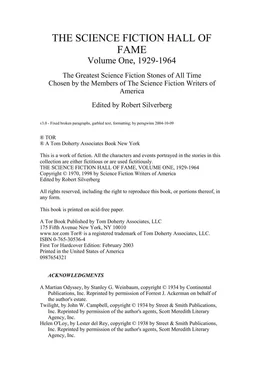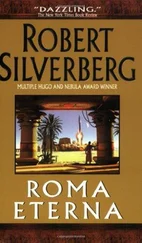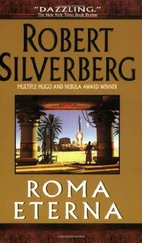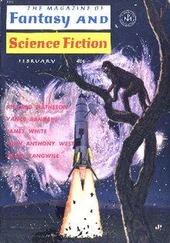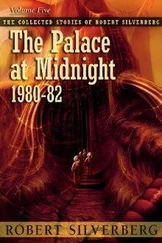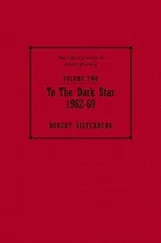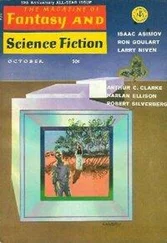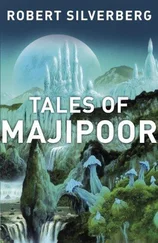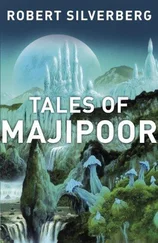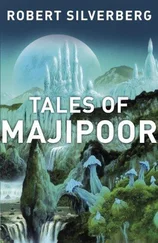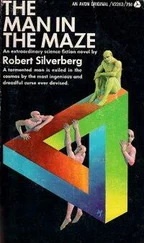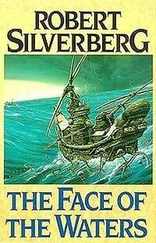In 1966 SFWA held the first of its annual awards banquets, at which handsome trophies nicknamed Nebulas were presented to the authors of 1965's outstanding science fiction stories, as chosen by vote of the membership. These awards have been presented in each subsequent year in four categories: short story, novelet, novella, and novel.
During my term of office (1967-68) as SFWA's second president, it was decided to extend the concept of awards retroactively into the period prior to SFWA's inception. Members would be asked to nominate and vote for the best science fiction stories of the era ending on December 31, 1964: that is, the period up to the point covered by the Nebula awards. No trophies would be given, but the stories chosen would be republished in a showcase anthology spanning several volumes—the Science Fiction Hall of Fame.
This is the first of those anthologies. It embraces the categories of short story and novelet; arbitrarily, stories over 15,000 words in length were excluded from nomination and reserved for consideration in the volumes to come. Nominations remained open for more than a year, during which time a significant proportion of the membership suggested favorite stories, each writer giving no consideration to his own work. Eventually, 132 stories by seventy-six different writers found places on the final ballot. Then the members of SFWA were asked to choose ten stories from this list. They were limited to the choice of one story by any author, and were asked to keep historical perspective in mind. That is, it was hoped that they would distribute their votes in such a way as to give representation to each of the evolutionary stages of modern science fiction. (The stories on the ballot had originally been published between 1929 and 1964.)
As editor of the book, I exercised certain limited prerogatives of selection after the counting of the votes. No editorial discretion whatever was invoked upon the fifteen most popular stories as shown by the vote tally; their inclusion in the book was regarded as obligatory. Those fifteen, in order of the number of votes they received, were:
1. Nightfall, Isaac Asimov
2. A Martian Odyssey, Stanley G. Weinbaum
3. Flowers for Algernon, Daniel Keyes
4. Microcosmic God, Theodore Sturgeon(tie) First Contact, Murray Leinster 6. A Rose for Ecclesiastes, Roger Zelazny
7. The Roads Must Roll, Robert A. Heinlein(tie) Mimsy Were the Borogoves, Lewis Padgett (tie) Coming Attraction, Fritz Leiber (tie) The Cold Equations, Tom Godwin
11. The Nine Billion Names of God, Arthur C. Clarke
12. Surface Tension, James Blish
13. The Weapon Shop, A. E. van Vogt(tie) Twilight, John W. Campbell 15. Arena, Fredric Brown
(Arthur C. Clarke's The Star would have been the fifteenth story on this list if it had not been disqualified by the presence of another Clarke story in eleventh place.
Clarke was the only writer to place two stories in the top fifteen, although both Robert A. Heinlein and Ray Bradbury had two stories in the top twenty.) Beyond the first fifteen, some selectivity had to be imposed to keep the book from growing to infinite length. As far as possible, I attempted to follow the dictates of the tallied vote, eliminating only those stories whose authors were represented by a story higher on the list. But there were some obvious injustices requiring remedies. One important and highly respected author had had four stories on the original ballot, including two from the same cycle. As a result of this competition with himself, no one of his stories finished within the top twenty, although the aggregate of his vote placed him well up among the leaders. Eliminating a man whose career had been so distinguished from a book of this nature seemed improper; and so I gave preference to one of his four stories over that of another writer whose only nominated piece had finished slightly higher on the list. In this case recognition of an entire body of work was deemed more important than recognition of a single story.
In another instance, two of a writer's stories made the second fifteen, one vote apart; but the story with the higher number of votes was not the story that the writer himself wished to see included in the book. I chose to regard the one-vote differential as statistically insignificant, and reversed the order of finish of that writer's stories so that I might use the one that he (and I) regarded as superior.
There were several other minor modifications of this sort, made necessary by considerations of length, balance, and over-all career contributions. Strictly speaking, then, the table of contents of the present anthology does not reflect a rigid tally of the SFWA vote. Rather, it offers the fifteen stories of the pre-1965 period that were selected as best by the SFWA, plus all but a few of the second fifteen. I regret the necessities of publishing reality that forced me to omit some of the stories in that second fifteen, amounting to over 50,000 words of fiction; but in view of the need to keep the book within manageable size I think it does offer a definitive group of stories by the writers who have done most to give form and substance to modern science fiction—a basic one-volume library of the short science fiction story.
Robert Silverberg
THE SCIENCE FICTION HALL OF FAME Volume One, 1929-1964
A MARTIAN ODYSSEY
by Stanley G. Weinbaum
First published in 1934
Jarvis stretched himself as luxuriously as he could in the cramped general quarters of the Ares.
"Air you can breathe!" he exulted. "It feels as thick as soup after the thin stuff out there!" He nodded at the Martian landscape stretching flat and desolate in the light of the nearer moon, beyond the glass of the port.
The other three stared at him sympathetically—Putz, the engineer, Leroy, the biologist, and Harrison, the astronomer and captain of the expedition. Dick Jarvis was chemist of the famous crew, the Ares expedition, first human beings to set foot on the mysterious neighbor of the earth, the planet Mars. This, of course, was in the old days, less than twenty years after the mad American Doheny perfected the atomic blast at the cost of his life, and only a decade after the equally mad Cardoza rode on it to the moon. They were true pioneers, these four of the Ares. Except for a half-dozen moon expeditions and the ill-fated de Lancey flight aimed at the seductive orb of Venus, they were the first men to feel other gravity than earth's, and certainly the first successful crew to leave the earth-moon system. And they deserved that success when one considers the difficulties and discomforts—the months spent in acclimatization chambers back on earth, learning to breathe the air as tenuous as that of Mars, the challenging of the void in the tiny rocket driven by the cranky reaction motors of the twenty-first century, and mostly the facing of an absolutely unknown world.
Jarvis stretched and fingered the raw and peeling tip of his frostbitten nt>se. He sighed again contentedly.
"Well," exploded Harrison abruptly, "are we going to hear what happened? You set out all shipshape in an auxiliary rocket, we don't get a peep for ten days, and finally Putz here picks you out of a lunatic ant-heap with a freak ostrich as your pal!
Spill it, man!"
"Speel?" queried Leroy perplexedly. "Speel what?"
"He means 'spiel'," explained Putz soberly. "It iss to tell."
Jarvis met Harrison's amused glance without the shadow of a smile. "That's right, Karl," he said in grave agreement with Putz. "Ich spiel es!" He grunted comfortably and began.
"According to orders," he said, "I watched Karl here take off toward the North, and then I got into my flying sweat-box and headed South. You'll remember, Cap—
we had orders not to land, but just scout about for points of interest. I set the two cameras clicking and buzzed along, riding pretty high—about two thousand feet—for a couple of reasons. First, it gave the cameras a greater field, and second, the under-jets travel so far in this half-vacuum they call air here that they stir up dust if you move low."
Читать дальше
